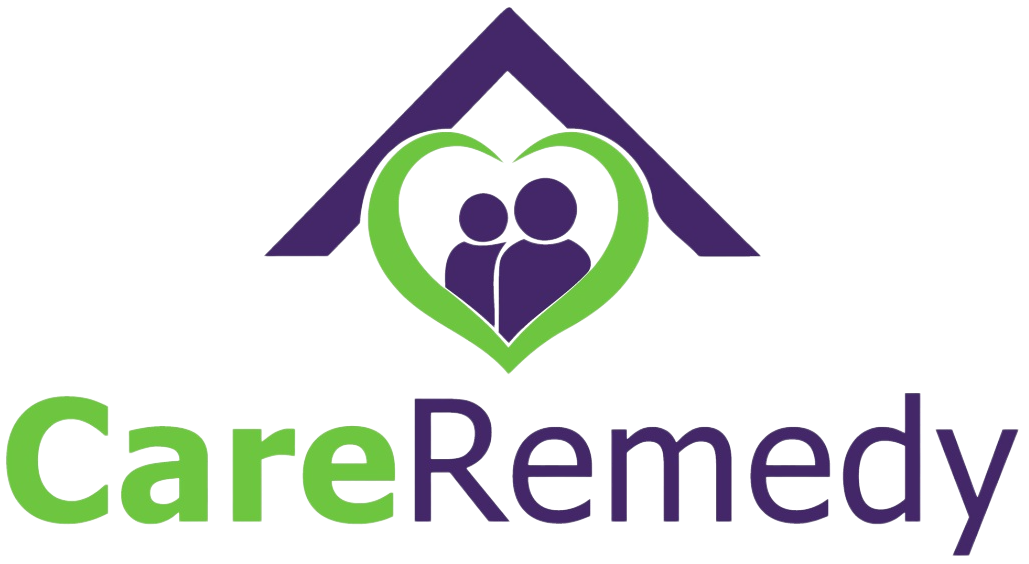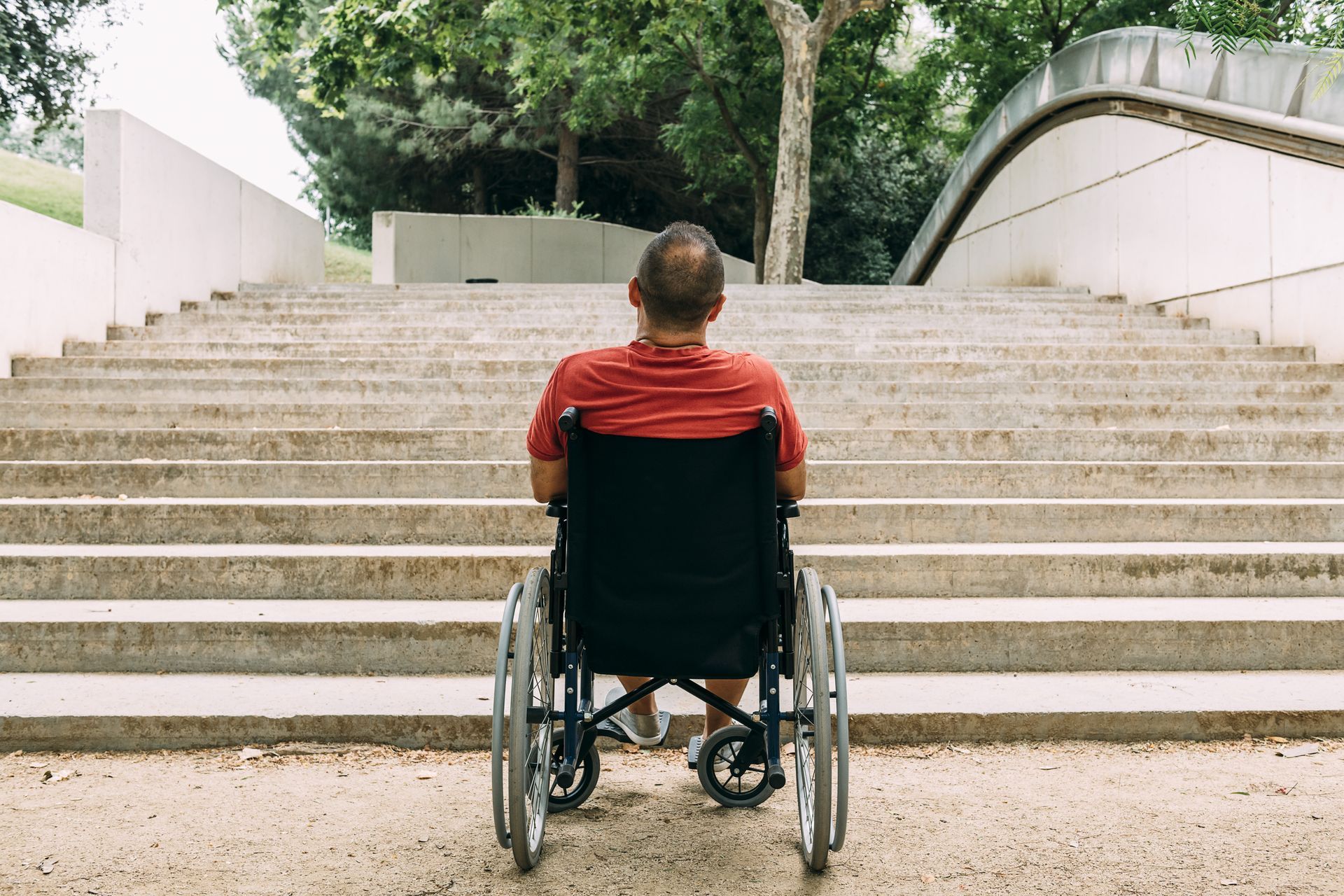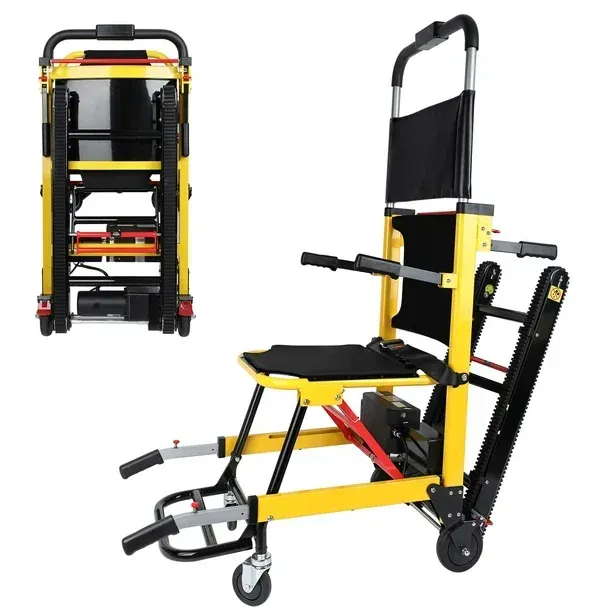Fall Risks for Seniors at Home and Facilities
How to Create a Safer Living Environment for Your Aging Loved Ones
Last updated on September 8, 2024
Falls are a leading cause of injury among seniors, with over 300,000 older adults hospitalized each year due to hip fractures and other serious injuries caused by falls.
According to the CDC, about one in four seniors experiences a fall annually, and most of these falls occur at home. Fortunately, many of these incidents can be prevented by identifying and addressing key risk factors.
The Serious Impact of Falls
Falls among seniors are not only common, but they often lead to severe injuries and hospitalization. Here are some important statistics to highlight the seriousness of the issue:
- 1 in 10 falls leads to injuries that limit a senior's daily activities or require medical intervention.
- Each year, there are around 3 million emergency room visits by older adults due to falls.
- Approximately 1 million older adults are hospitalized each year because of fall-related injuries.
- In 2019, 83% of hip fracture deaths and 88% of hospitalizations for hip fractures were due to falls.
- 319,000 older adults are hospitalized annually because of hip fractures.
- Falls are the primary cause of traumatic brain injuries (TBI) among seniors.
Risk Factors for Falls
Several factors can increase the likelihood of falls in older adults. The good news is that many of these risk factors are preventable. Some key contributors include:
- Weakness in the lower body
- Vitamin D deficiency
- Difficulty with walking or maintaining balance
- Medications like tranquilizers, sedatives, or certain over-the-counter drugs, which can affect stability
- Vision impairments
- Foot pain or poor-fitting footwear
- Home hazards, such as uneven steps, clutter, or unsecured rugs
Most falls occur due to a combination of these factors. The greater the number of risk factors, the higher the likelihood of falling. Healthcare professionals can assist by identifying these risk factors and recommending preventative measures.
What Happens After a Fall?
While not all falls result in injuries, approximately 37% of falls require medical treatment or limit daily activities. The most common injuries from falls include:
- Fractures to the wrist, arm, ankle, or hip
- Head injuries, which can be particularly serious for those on medications like blood thinners. It's crucial for any senior who hits their head in a fall to seek immediate medical attention to rule out brain injuries.
In addition to physical injuries, many seniors develop a fear of falling, even if they were not seriously hurt. This fear can lead to reduced physical activity, which can weaken muscles and, unfortunately, increase the risk of future falls.
Preventing Falls and Hip Fractures: Essential Steps for Protecting Older Adults
By taking a few simple actions, you can help prevent falls and reduce the risk of a serious injury such as a hip fracture. Here are some key steps to consider when aiming to protect older adults from falls.
Talk to Your Doctor
One of the first and most important steps is to discuss fall prevention with your healthcare provider. Here are some key things to address with your doctor:
- Assess your fall risk: Ask your doctor to evaluate your risk for falling and to recommend strategies to reduce that risk.
- Review your medications: Certain medications, such as tranquilizers, sedatives, and even some over-the-counter drugs, can cause dizziness or drowsiness, increasing the chances of a fall. Ask your doctor or pharmacist to review your medications to identify any that may increase your fall risk.
Schedule regular eye exams, ideally once a year, to monitor for any vision changes. Ensure that seniors have appropriate prescription lenses and use them consistently. Improved vision can reduce the likelihood of trips and falls.
Make Your Home Safer
Many falls happen at home due to common hazards. You can take simple steps to make the environment safer for older adults:
- Clear walkways: Remove clutter, such as loose rugs or electrical cords, that can be tripped over.
- Install grab bars: Add grab bars inside and outside the shower or tub and near the toilet for extra support.
- Improve stair safety: Ensure both sides of stairways have railings to provide stability when going up or down stairs.
- Enhance lighting: Install brighter lights in hallways, bathrooms, and other key areas to improve visibility and reduce the risk of tripping.
Do Strength and Balance Exercises
Regular exercise is one of the most effective ways to prevent falls by improving strength and balance. Strength-building exercises, such as resistance training, help keep muscles strong, while balance exercises can improve stability. These activities reduce the likelihood of falls and enhance overall physical confidence.
Visit our website at www.careremedy.com or call us at 978-735-8978 to schedule a consultation.
References
- https://www.cdc.gov/injury/wisqars/Fatal/trends.html


